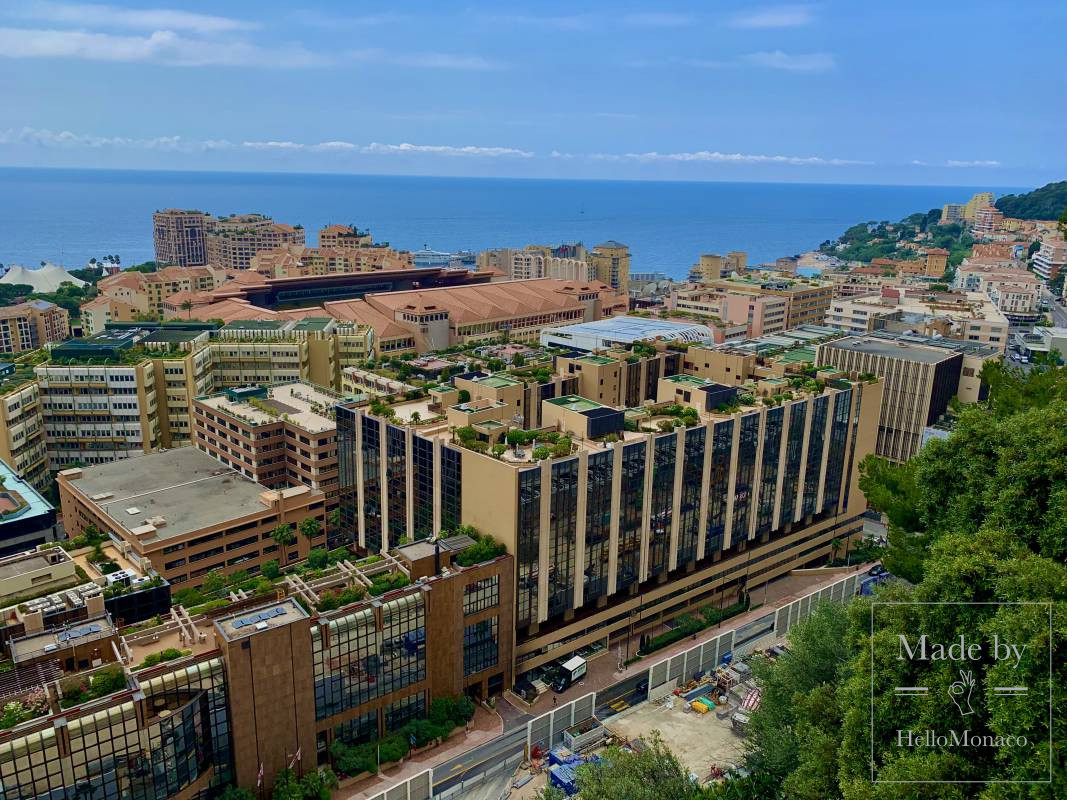In the midst of the Covid-19 pandemic’s second wave, the Princess Grace Hospital is creating a new unit for ten extra intensive care patients. In spite of these new beds, the health crisis in Monaco remains under control and the CHPG has not yet reached maximum capacity. The additional beds will help the hospital gain flexibility and avoid a possible over-saturation.
The surge in Covid-19 cases at the start of the year did not overwhelm the Princess Grace Hospital Centre. The most recent figures, as of Monday 2 February, brings the number of people affected by the virus up to 1,499 since the start of the pandemic. 63 patients are currently in the care of the CHPG, including ten people in intensive care. A high occupancy rate, but not yet close to the hospital’s full capacity. Monday also saw the death of a 65-year-old person bringing the number of deaths up to 14 residents of the Principality.
This week, ten new beds will be added to the intensive care unit, bringing the number of intensive care beds up to 29. This decision was made by Benoîte de Sevelinges, manager of the CHPG. These additional beds will allow the hospital to welcome patients without the fear of reaching full-capacity as contamination figures remain high.
According to Benoîte de Sevelinges, as more of the world shuts down, more people will come home to self-isolate with their families. Because the hospital questions its coronavirus patients, it has discovered that the vast majority of contaminations are interfamilial. This can be attributed to the Christmas holidays, which caused a boom in cases in January.
Where are the new beds located?
The ten new beds are taking over the pulmonology department. The CHPG has made the necessary recruitments in order to staff this complementary unit in a way that does not impact the capacity of other departments in the hospital. However, the hospital has stopped cosmetic surgeries to free up space in the operating room as well as bariatric surgeries because these interventions concern obese people, who are at high risk for Covid-19. Postponing these procedures helps put less people unnecessarily at risk.
Monitoring patients at home
According to the CHPG, between the time many patients have tested positive and have had to be hospitalized, they did not see a doctor. Instead of letting people who are sick with the virus stay at home and wait too long to see a doctor, the CHPG worked on a process that makes it possible to identify high-risk patients at home (either by their age or the presence of underlying health conditions).
Four volunteer general practitioners, supported by firefighters, organize visits to these patients. During a consultation, a discussion takes place with healthcare professionals; and if hospitalization is decided upon, it is organized more efficiently and in good conditions. This allows staff and doctors to anticipate and not wait, as has occurred with several patients, until the patient cannot breathe at home and has to call an emergency ambulance. Currently, 108 people are followed by the Home Monitoring Centre.









